Ancient humans are a fascinating topic that archaeologists, paleontologists, and anthropologists are still trying to understand. It’s a challenging field of study, given that most evidence is sparse and fragile, but every now and then, a piece of evidence of ancient life will appear that is so stunning as to change everything that scientists have thought of ancient humans.
A Recent Archaeological Discovery
Archaeologists recently identified what may possibly be Europe’s oldest human-made megastructure, submerged under 21 meters of water in the Baltic Sea, in the Bay of Mecklenburg, Germany.
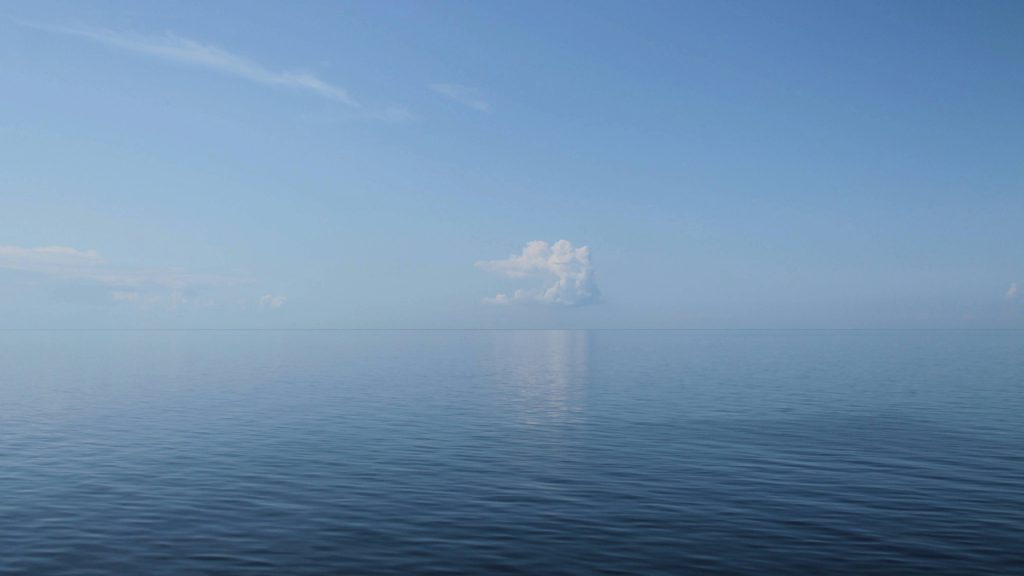
The structure, which has been named the Blinkerall, is a continuous low wall which is made from over 1500 granite stones, which run for almost a kilometer. The evidence suggests that it was constructed by Paleolithic people between 11,700 and 9900 years ago, likely as an aid for hunting deer.
A Very Different Landscape
The time of the wall’s construction saw a very different type of landscape and seascape of northwest Europe, compared to what is seen today. The climate was beginning to warm as the colder Pleistocene era ended, and the warmer Holocene era began.

The sea levels at the time were also much lower, and large glaciers sat over much of Fennoscandia. The years saw the land around the Baltic Sea basin rise rapidly, as the land was released from the weight of the retreating glaciers, and transformed into a brackish body of water, which was known as the Yoldia Sea.
Migrating Animals and Technological Advances
Herds of reindeer European bison, and wild horses migrated freely across the sparsely forested landscapes of the time. Great Britain was a peninsula of the European landmass, with a vast lowland plain known as Doggerland stretching from Norfolk to the Netherlands.

This period is known as the Late Upper Paleolithic, and it is marked by significant hallmarks in technological innovation by the people who lived at the time. Dogs had recently been domesticated, there are regionally distinct forms of stone projectile points, and there is frequent use of decorated bone and antler harpoons, as well as specialist hunting strategies employed to target migrating prey.
Explaining Ancient Strategies
The discovery of the Blinkerwall points to one of these specialized strategies to try and capture these migrating herds of animals. It demonstrates that Paleolithic hunters were managing their landscapes to aid their hunting activities far more deliberately than scientists previously thought.

In the context of land enclosure for farming, the construction of the walls and other features in the landscape is familiar to modern scientists. Both contemporary and ancient societies have traditionally subsisted by hunting and gathering wild resources, and these peoples have all been known to alter their environments by constructing features such as stone walls.
Other Structures of the Type
The Blinkerwall is far from the only structure that has been discovered with this purpose behind its original construction. Other structures of similar length and construction type have been identified in the Middle East, North America, Canada, and Greenland.

The other structures have all been interpreted as having been built for the purpose of game drive hunting. This is a strategy where hunters use landscape and built features to gain an advantage over their prey, by directing its movements to a location where are more vulnerable to attack by other hunters.
Drawing Conclusions From Other Sites
The similarity of the Blinkerwall to these other structures, as well as its construction adjacent to a body of water, led to the conclusion that the wall had been created for the same purpose. The lake itself that it was built by may have also been a part of these ancient people’s strategy.
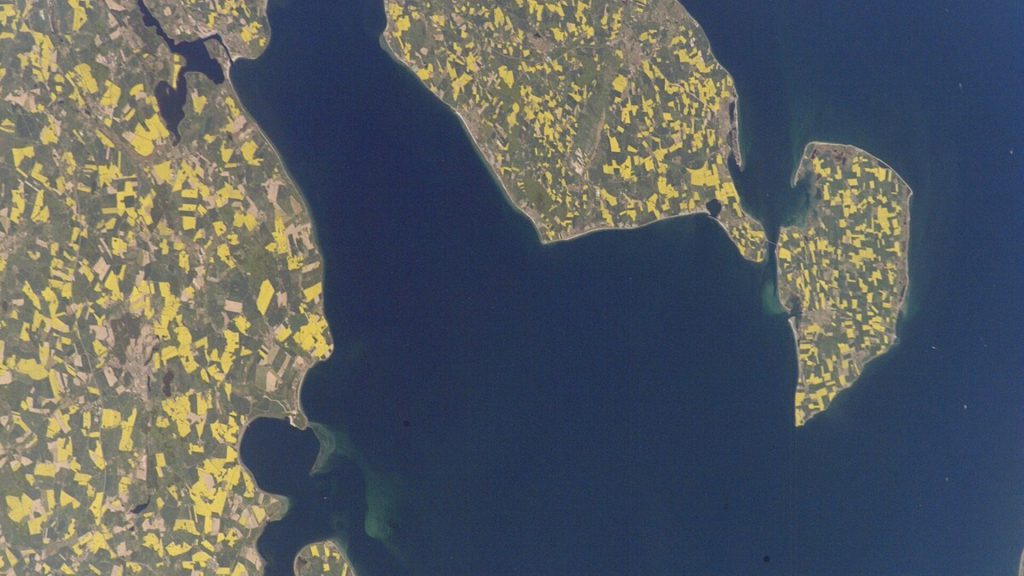
Another archaeological site that supports this interpretation in Germany is Stellmoor, which is located just north of Hamburg. It dates to the latest time that the Blinkerwall could have been constructed.
A Prior Site Using the Topography For Hunting
Stellmoor is located at the end of a narrow valley where thousands of reindeer bones – some bearing hunting impact traces, flint points, and even pinewood arrow shafts – were found preserved in the ancient lake sediments.
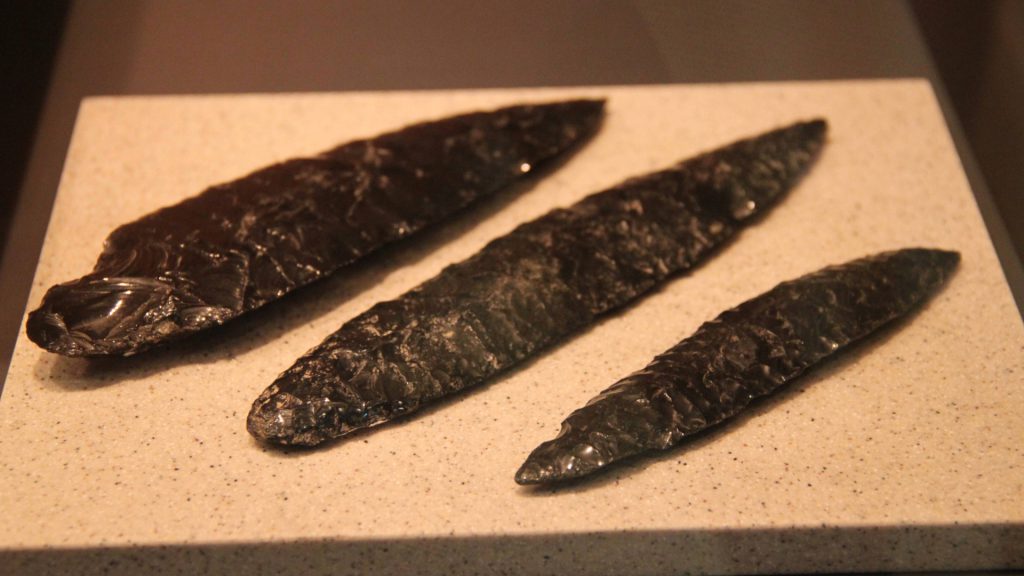
The hunting evidence at Stellmoor shows that the reindeer were shot by arrows as they were driven down the valley into the lake. There is no evidence at Stellmoor to suggest that people had deliberately created or changed the landscape to enhance their hunting success, unlike with Blinkerwall, but it does show how the topography of the landscape was used to the hunter’s advantage.
Using Modern Science to Paint an Ancient Picture
The details of Blinkerwall were discovered through a range of submarine equipment, sampling methods, and modeling techniques. These were all used to reconstruct the ancient lake bed and its surrounding landscape, which ultimately revealed that the Blinkerwall stands on a ridge running east to west, with a lake basin a few meters below the ridge to the south.
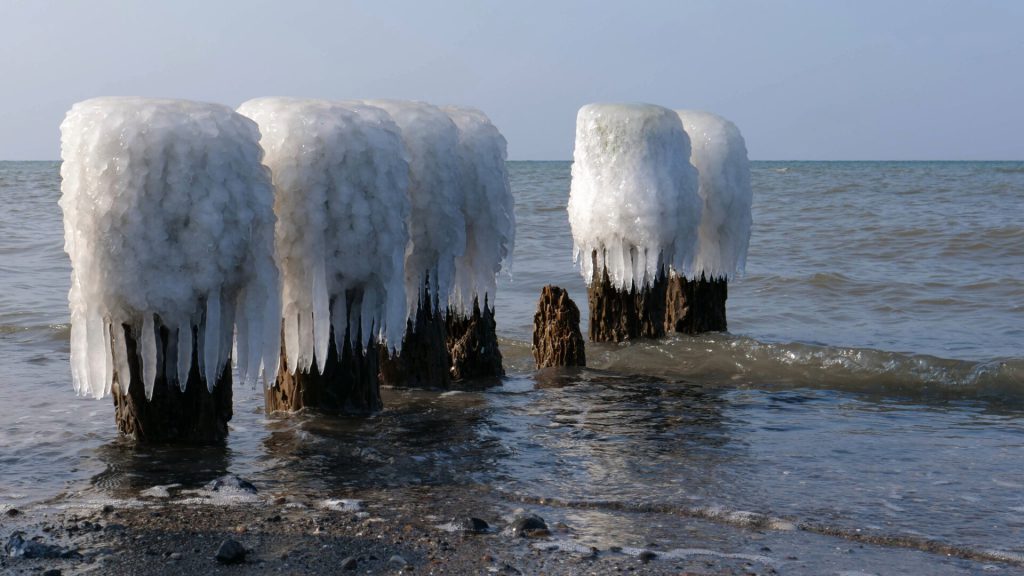
The human origin of Blinkerwall was confirmed by an archaeological diving team, who photographed various sections of the wall. These photographs show that the wall is made up of 288 very large boulders, which were probably naturally dropped by a retreating boulder. However, they are connected by 1673 smaller stones, which were very likely human dropped.
Remarkable Ancient Ingenuity
Scientists believe that the smaller stones were collected in the immediate vicinity, since the area just north of the wall has many fewer stones than the areas which are even further north.
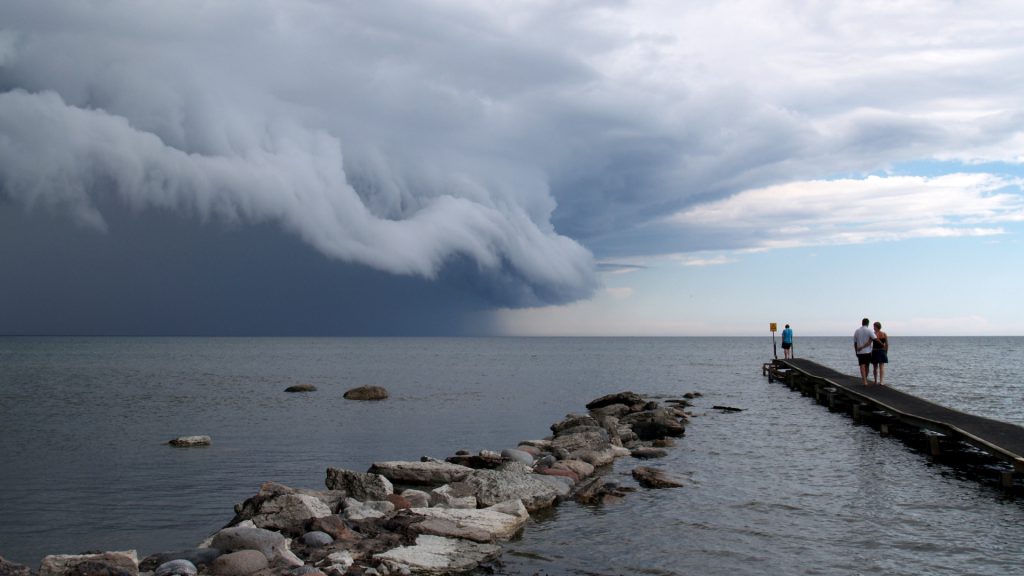
The resulting structure stands a little under a meter in height, and up to two meters wide, with remarkable regularity over its 971-meter length. At a time when there were no planners or structural expectations for the architects, the fact that the wall is so consistent and has lasted so many millennia is incredibly impressive and points to the ingenuity of these ancient peoples.
A Unique European Discovery
The discovery of this wall is unique in Europe. The maximum age of the wall, 11,700 years, puts this as one of the oldest examples of this type of structure in the world. It possibly predates a desert hunting “Kite” in Jordan by over one thousand years.
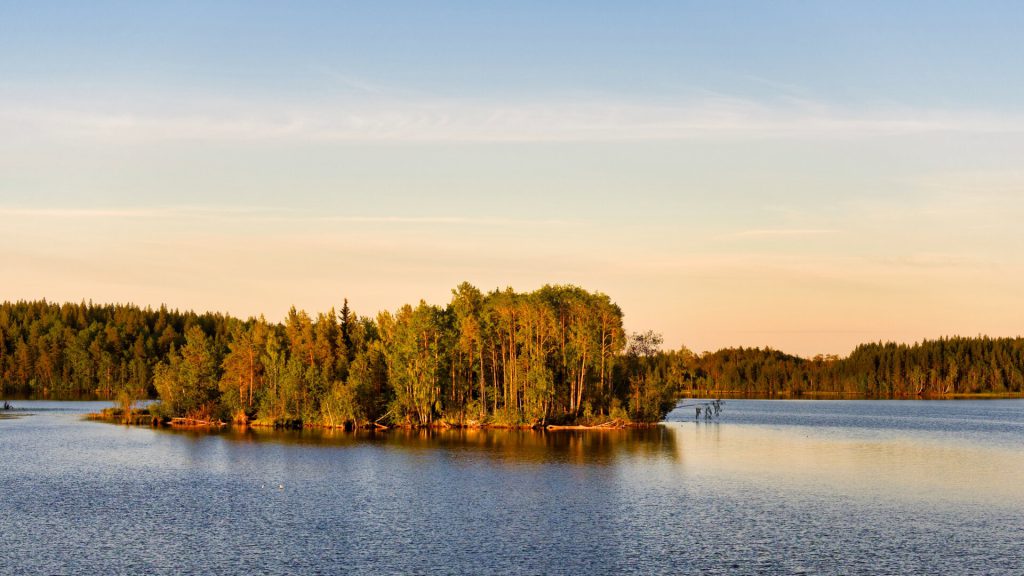
The Blinkerwall adds a new element to scientists’ understanding of the highly skilled and specialized hunting strategies that were engineered by peoples at the end of the last glacial period. These are strategies that have continued to be used in different landscapes for thousands of years, and the discoveries are unlikely to stop.
Further Discoveries Possible in Germany
Germany is a hotbed of archaeological activity and discoveries, and the discovery of the Blinkerwall is only the latest of these revelations. The Bay of Mecklenburg alone has the potential to reveal further archaeological evidence of equal significance.
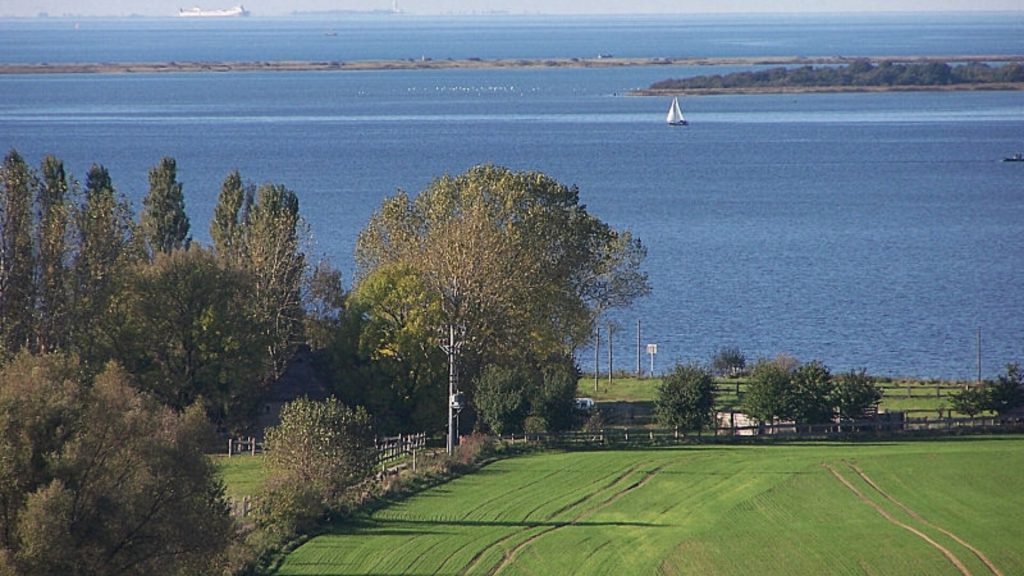
The research team on the Blinkerwall project has even stated outright that there is the possibility of discovering another wall, or other associated features like it. The ancient lake is full of sedimentation, meaning that there are worlds of possibilities to be discovered under the settled dirt and plant matter and life.
Seeking Greater Understanding
Other possibilities for important discoveries that scientists could be looking for would include weapons, tools, or animal remains that could be discovered at the site.
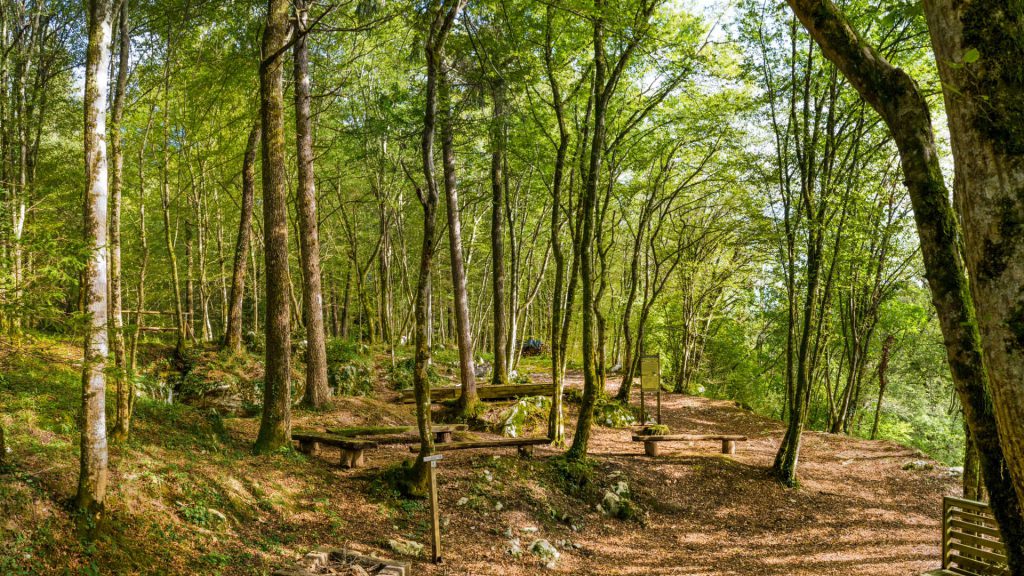
Discovering any of these would reveal significant information about the nature and duration of their use, and would give even greater insight to the sophisticated subsistence strategies of these ancient Paleolithic peoples. In a world where evidence of this kind is few and far between, these would be invaluable discoveries, should they be there to be had.
Looking to the Future
Scientists will continue to study Blinkerwall as a site, and explore the underwater ancient lake further now that they know that it’s there. Such a well-preserved ancient site is an anomaly in archaeology, one the scientists should and will take full advantage of.
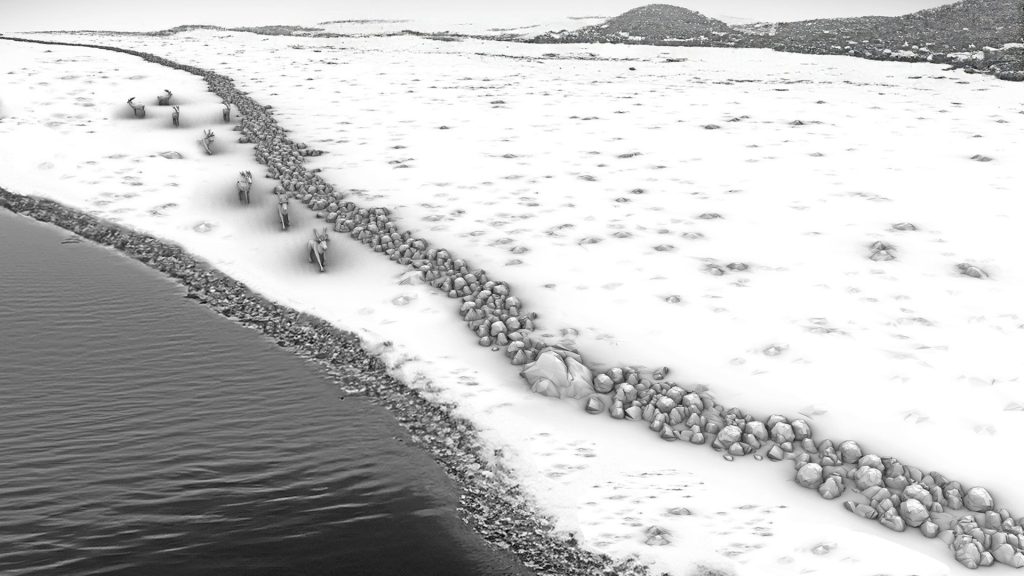
Preserving the knowledge of mankind is a slow and tedious business, though, and it could be years before another discovery as significant as Blinkerwall is made. Until it is, though scientists will continue hunting, searching, documenting, and ultimately, learning.





GIPHY App Key not set. Please check settings